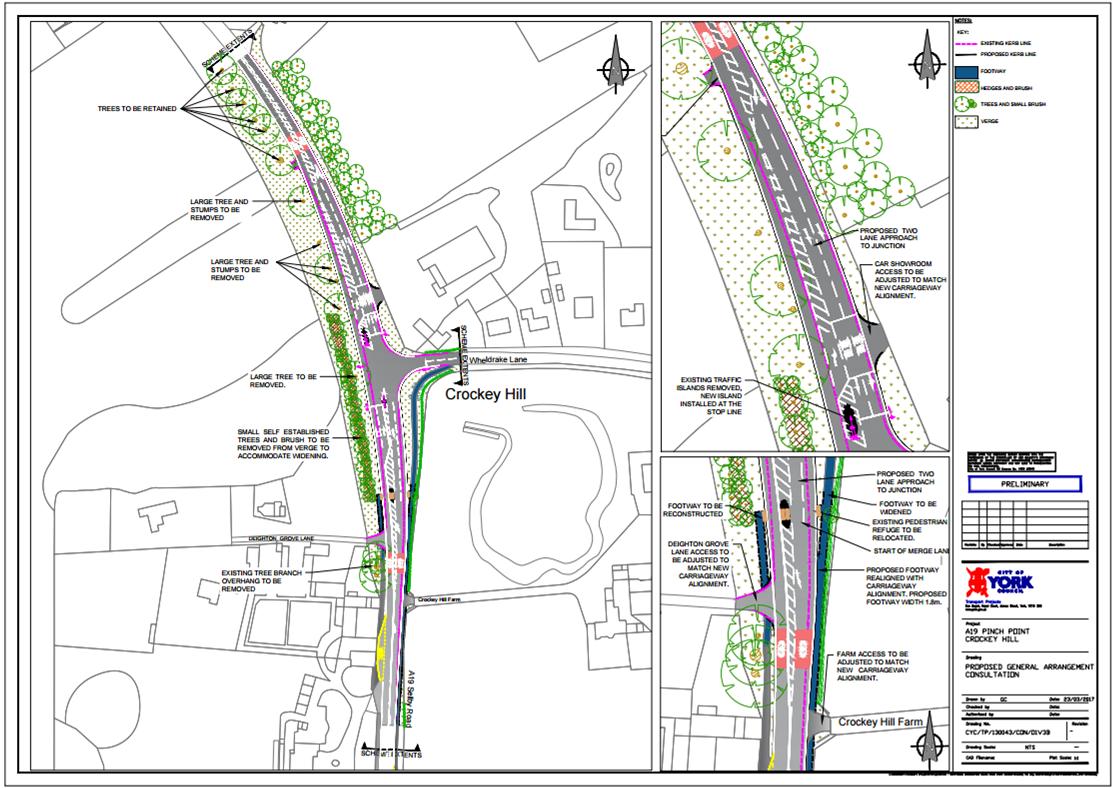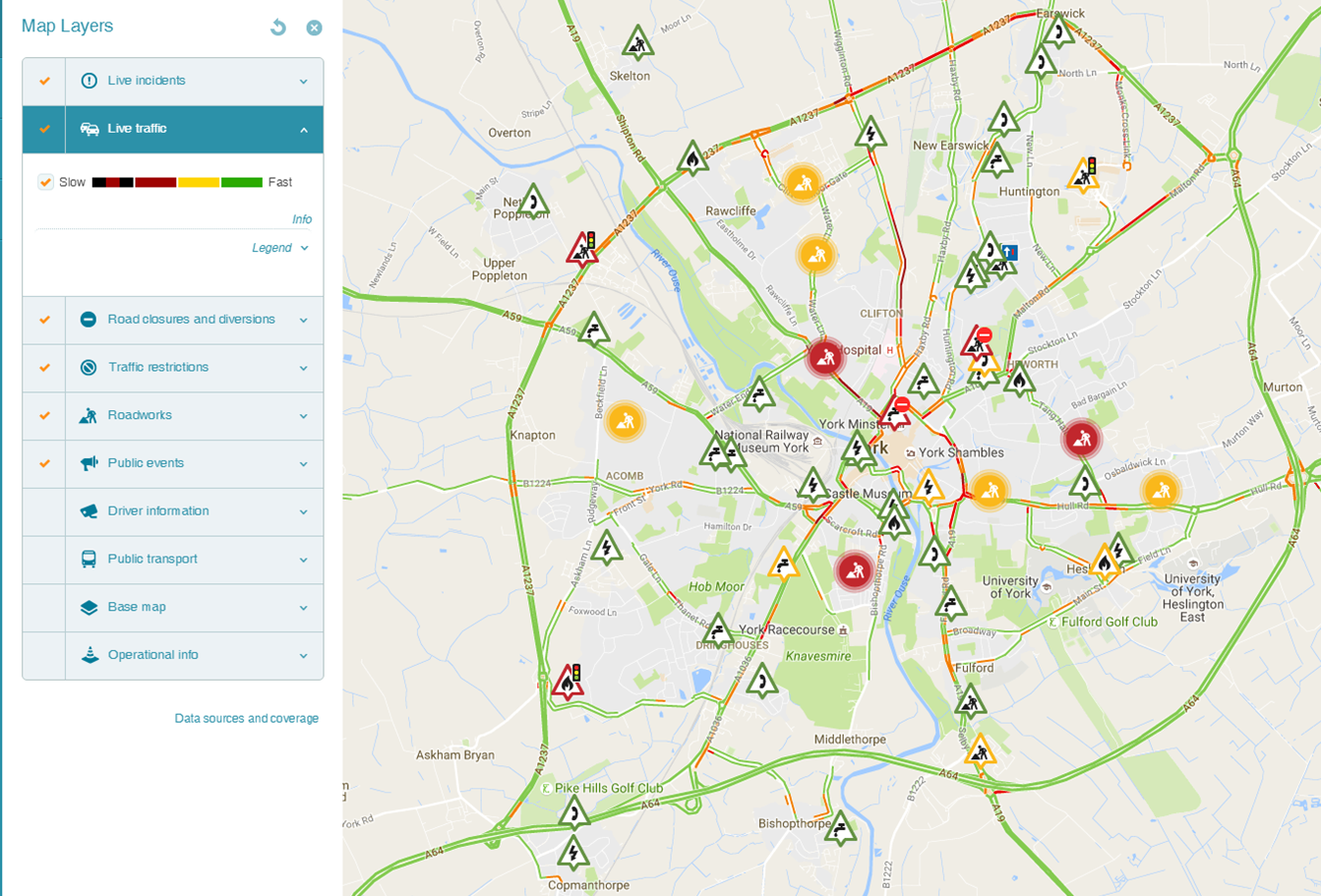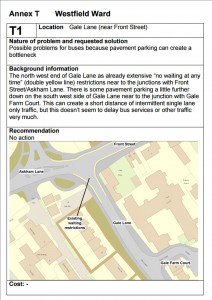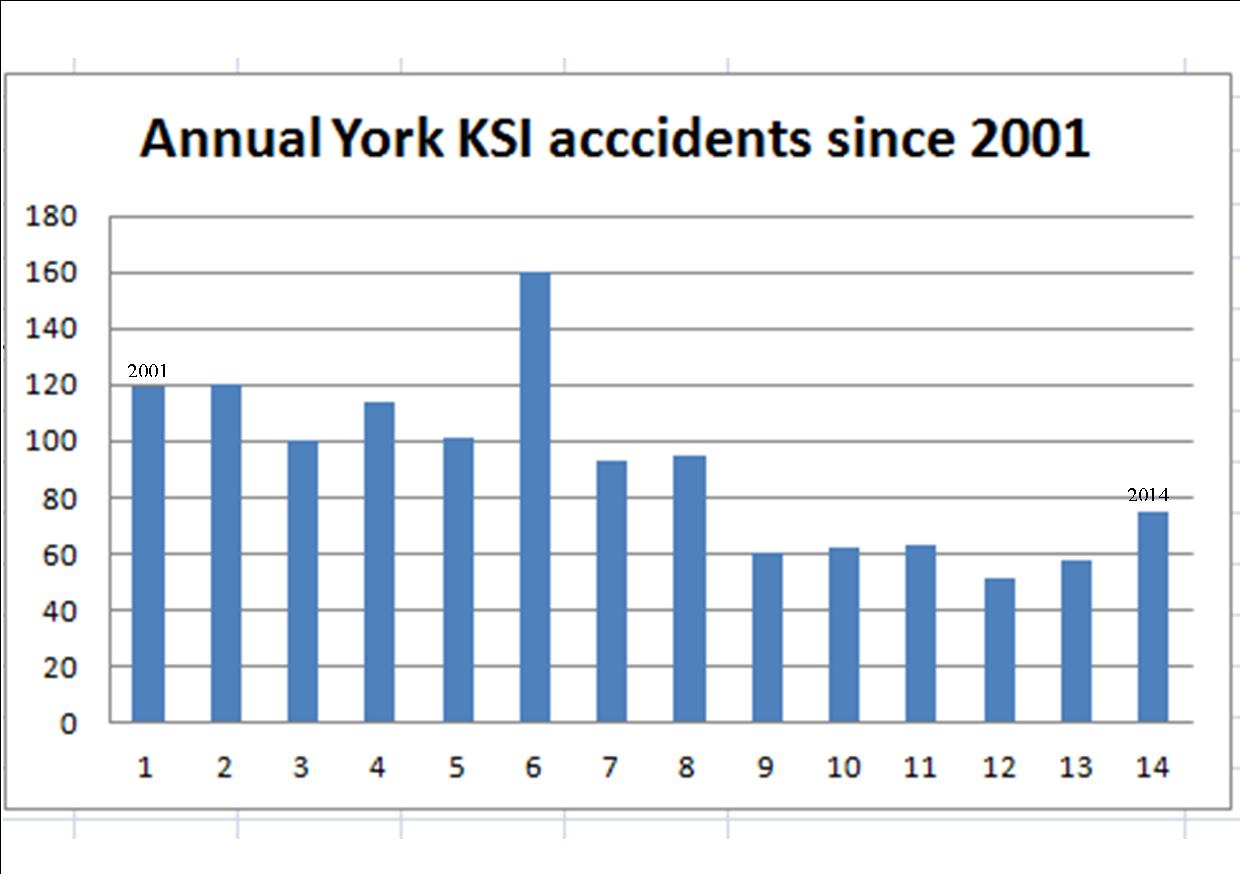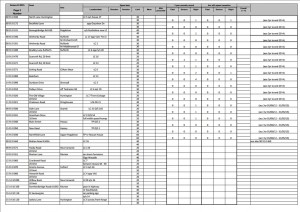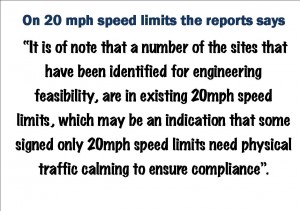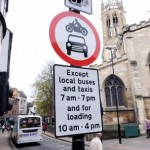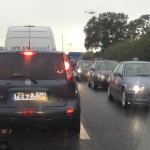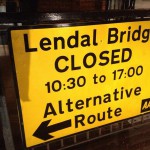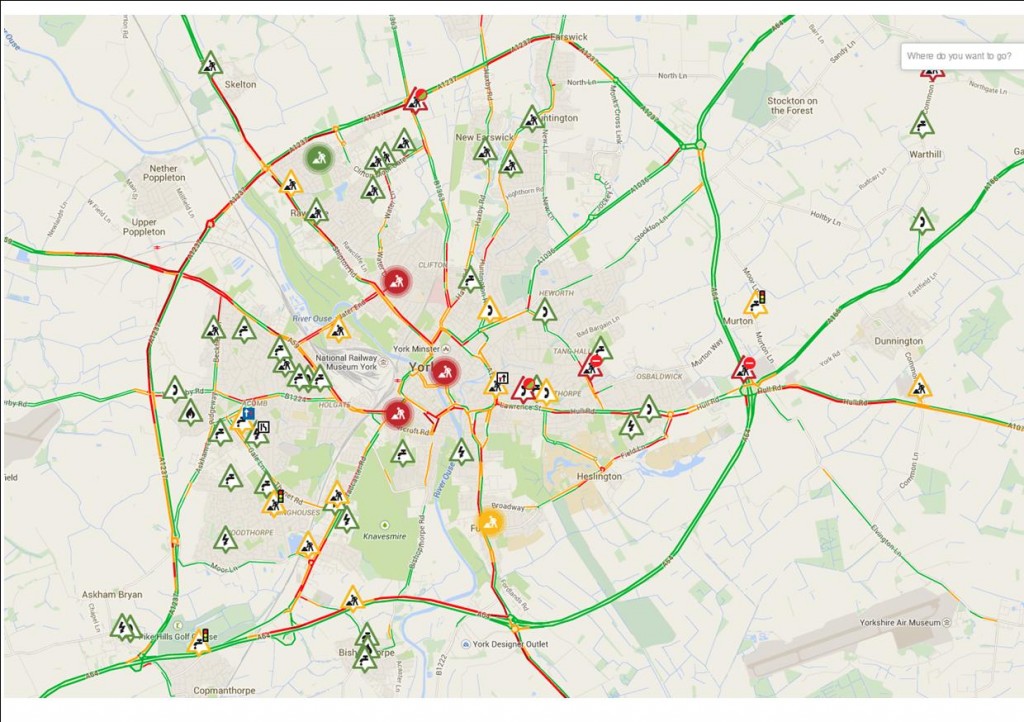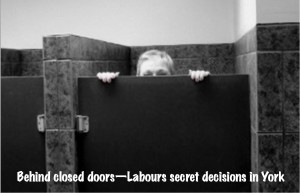The Council is expected, at a meeting taking place on 22nd June, to sign off major highways changes near the Lidl store on Thanet Road.
The plans involve imposing a 20 mph speed limit enforced by speed tables and humps. Currently for most of the day vehicle speeds are around this level anyway, although the Council has not provided any measurements.
The northern bus lay by (near the rugby club) will be removed altogether meaning that stopping buses will block the highway. This is a busy bus stop and carriageway waiting will artificially create additional congestion and pollution as well as limiting sight lines.
(The Council’s original plan had bizarrely been to reduce the carriageway to a single lane by creating a “pinch point”. Thankfully this potty idea has been abandoned).
The Council has been criticised in the way they have sought to reduce accident levels in this area.
The Council report says, “10 collisions were identified between the roundabout at Foxwood Lane and the junction with St James Place. Four of these collisions had comminality with children either stepping out or running into the road in front of a vehicle. Two of these collisions were located outside the Lidl supermarket, with the other two located at different positions along the route”.
Unfortunately no further analysis of the individual accidents has been provided although the implication is that excessive vehicle speed was the cause.
The most obvious remedy, when pedestrians are involved in accidents on a carriageway, is to ensure that they cross the road at the safest location. This can be achieved by fitting guard rails (and is certainly the obvious way to address any concerns about children running out from the store access path).
There already is a Toucan crossing at the Kingsway end of the road while a pedestrian refuge is available at the other end.
The Council failed to consult properly on their revised plans resorting to lamppost notifications which were highly unlikely to be read by anyone, and certainly not by drivers. Strangely the Council doesn’t advertise proposed traffic orders of this type on their own web site.
If the scheme goes ahead as planned – without safety railings – we fear that it will make things worse rather than better. Drivers will become frustrated and will try to overtake stationary buses and other vehicles at points where traffic currently runs freely for most of the day.
Time for a last minute rethink perhaps?

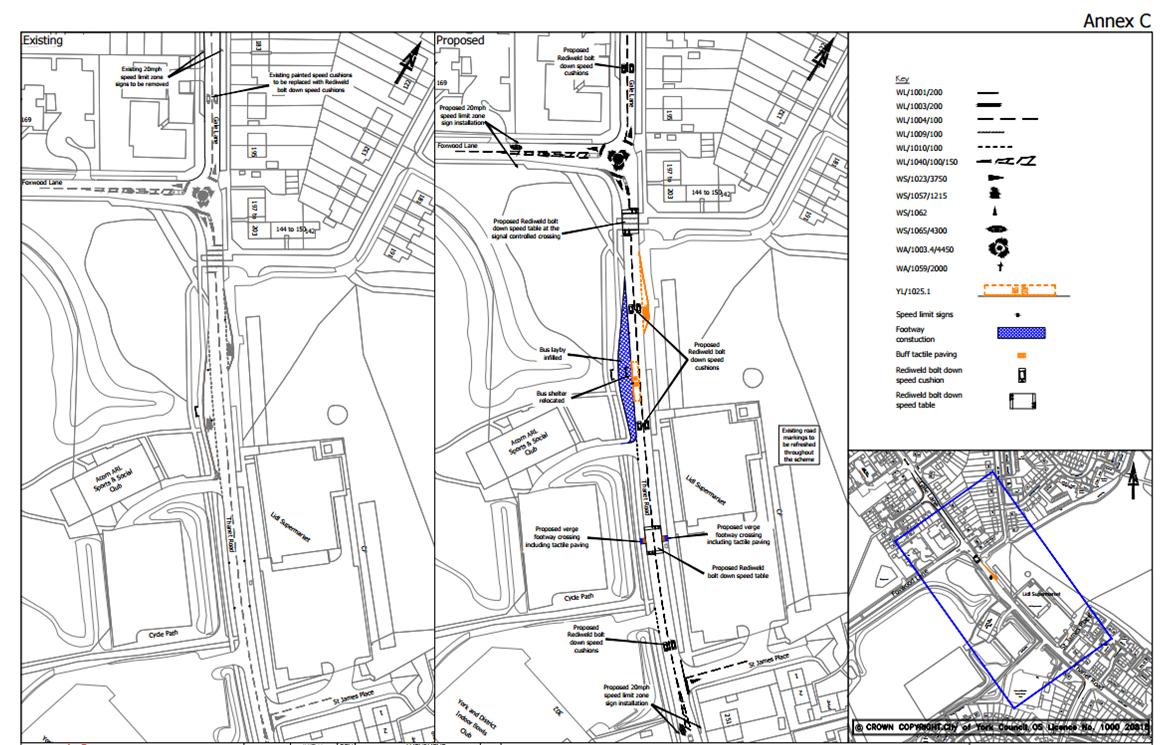
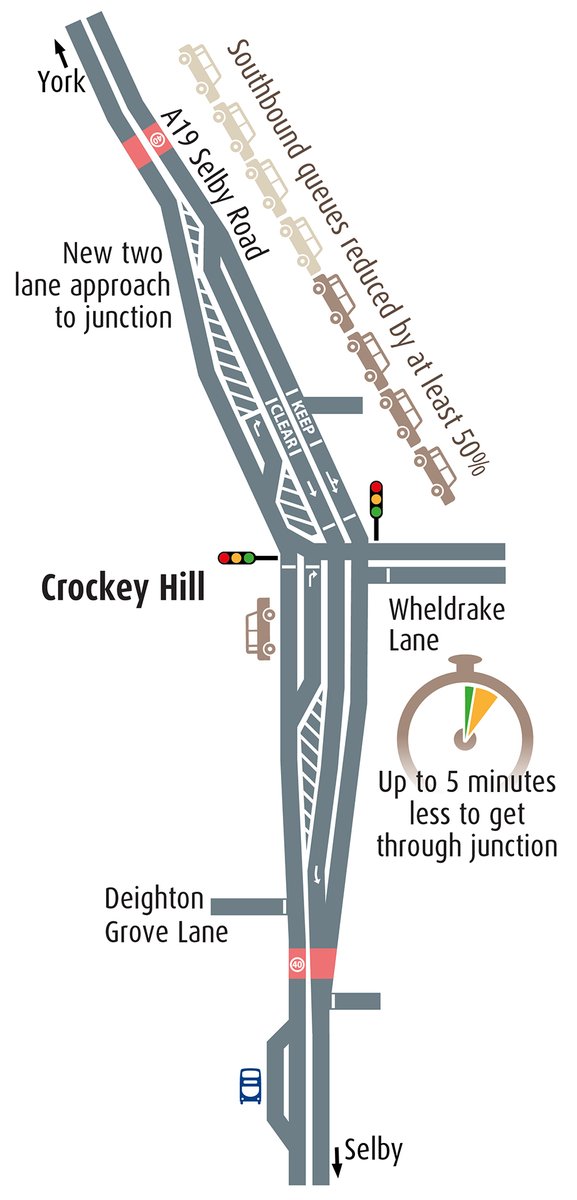 City of York Council is asking for comments on new proposals which could help reduce congestion on one of York’s busiest roads.
City of York Council is asking for comments on new proposals which could help reduce congestion on one of York’s busiest roads.